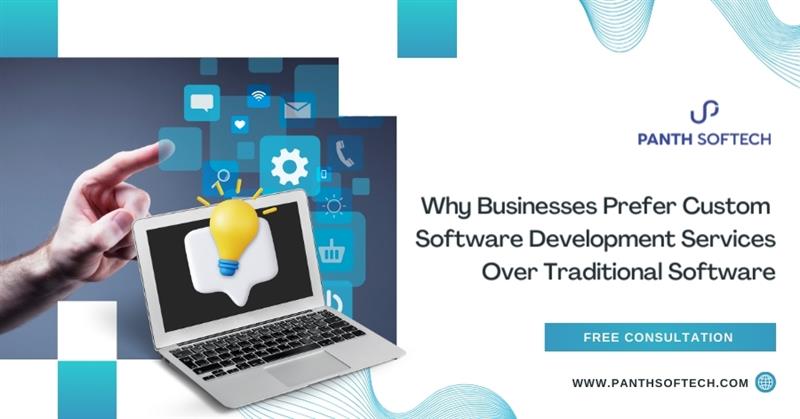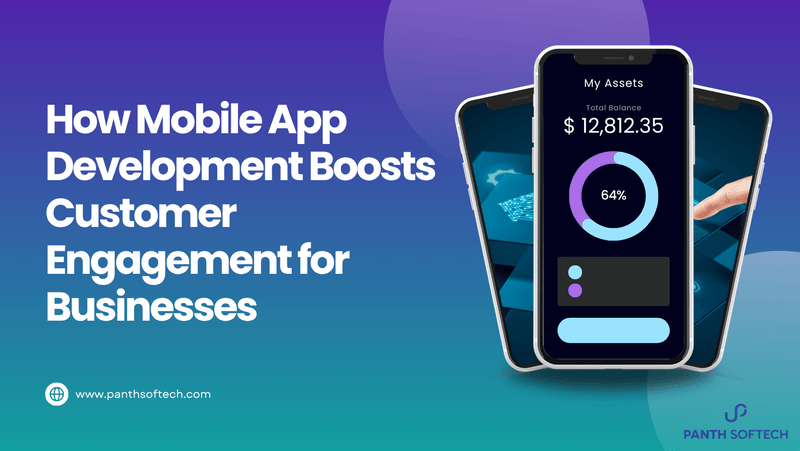7 Game-Changing BI Dashboards Every FMCG Brand Needs in 2026
In 2026, the FMCG world is moving faster than ever—shorter product lifecycles, unpredictable consumer behavior, aggressive…
Why Businesses Prefer Custom Software Development Services Over Traditional Software
In today’s fast-moving digital world, businesses are constantly looking for smarter, faster, and more efficient ways…
React vs Angular vs Vue: What’s Powering the Next Generation of Web Apps?
Front-end technology has become the foundation of every modern digital product, and choosing the right framework…
Custom Software vs. Off-the-Shelf: Which Is Right for Your Business?
Choosing the right software is one of the most important decisions a business can make. Whether…
Top Cloud Platforms for App Development: AWS, Azure, or Google Cloud?
Businesses need apps that are fast, secure, scalable, and easy to maintain. This is why most…
How Mobile App Development Boosts Customer Engagement for Businesses
Customers today expect quick access, personalized experiences, and smooth communication with the brands they trust. Mobile…
The Role of AI and Machine Learning in Custom Software Development
Artificial Intelligence (AI) and Machine Learning (ML) are more than just buzzwords. They are changing how…
Data Security Best Practices in Custom Software Development
In today’s digital world, data is one of the most valuable assets a business owns. Whether…
How Data Analytics Can Transform Your Business Operations
In today’s fast-paced business world, every decision counts. Whether it’s improving customer experience, streamlining operations, or…












